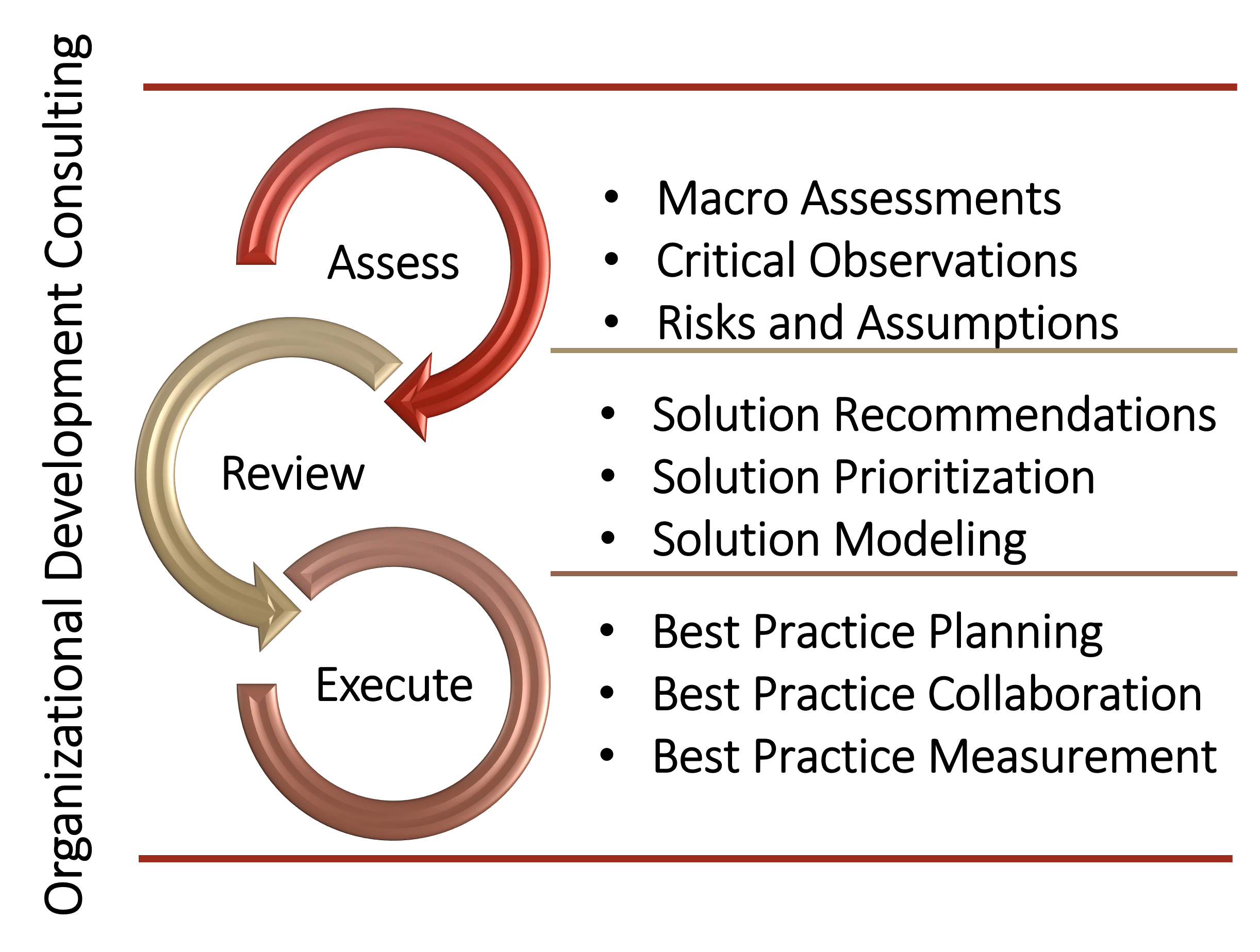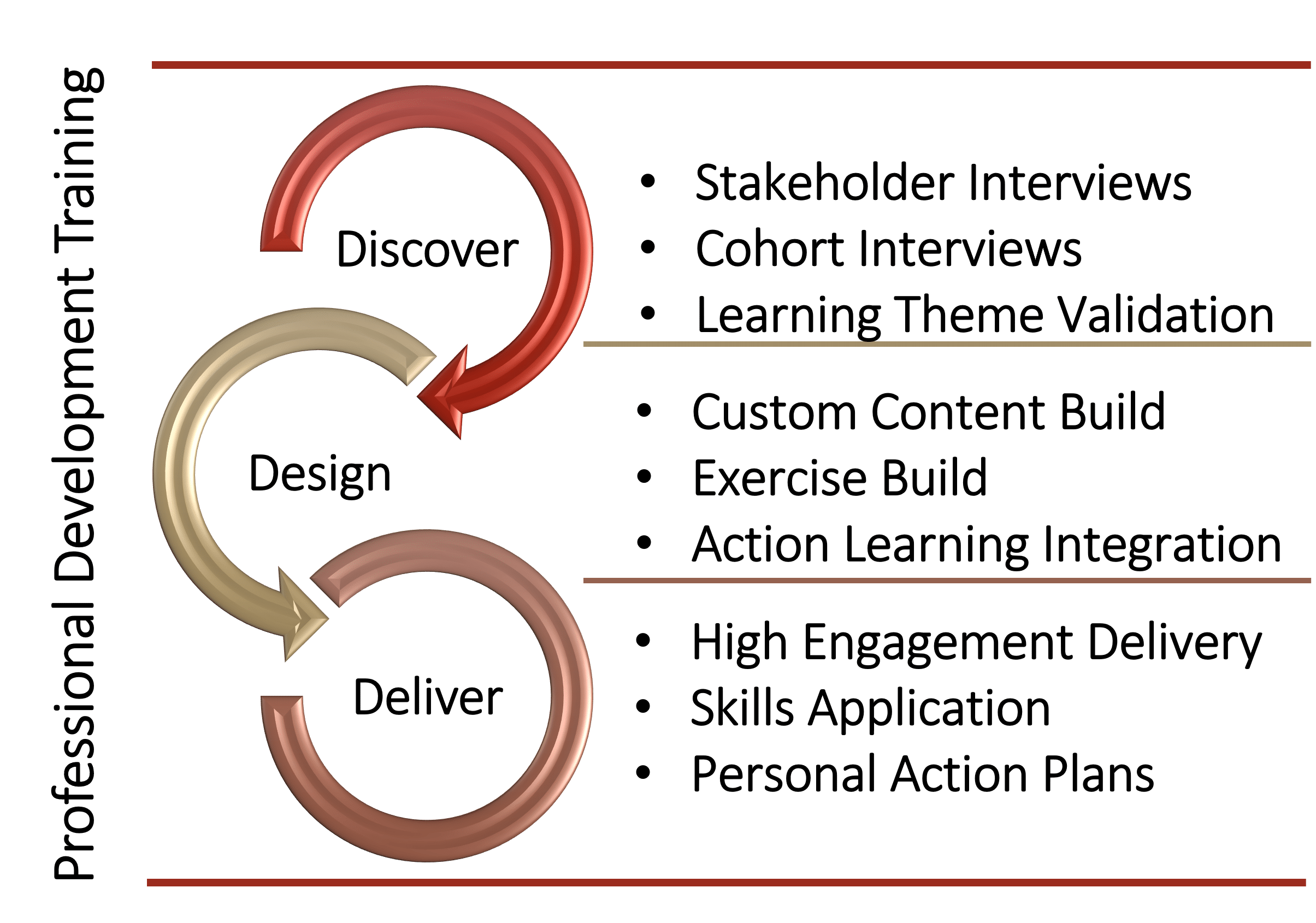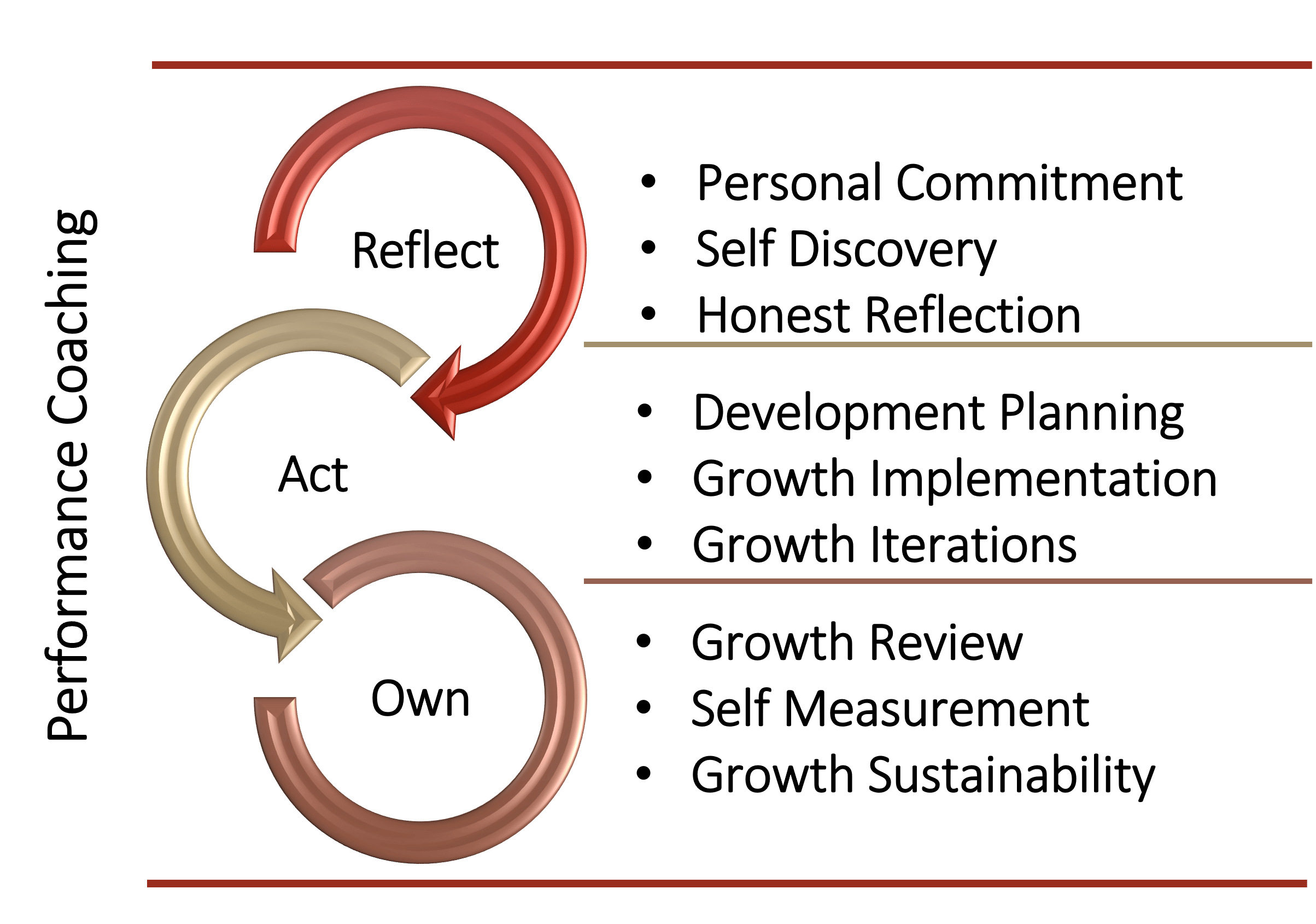Client
The Client is a high-technology electronics company dedicated to the design, development and manufacturing of electromagnetic systems for military air, land, sea and space applications.
Challenge
The objective of this solution strategy was to improve the project management processes, resulting in a pro-active organization with uniform processes. In order to do so, an effort was necessary to understand the current workflow in the managing of projects and then identify and eliminate the gaps and waste inherent in those processes. As a result, an improved project workflow could be created. Project management operational standards needed to be established to support the new and improved project workflow. In addition, clear roles and responsibilities related to project management needed to be established and documented.
Solution
AMS senior consultants conducted a formal evaluation (gap analysis) of the current project management organization, processes and procedures. This gap analysis was against current project management best practices and standards. From the gap analysis, the changes necessary were identified and support provided to implement the necessary changes.
Critical steps to the solution implementation included:
1. AMS reviewed all existing project management processes and procedures to help establish the current state.
2. In order to determine performance and process gaps as well as developmental needs, interviews of all key stakeholders in the project management process were completed.
3. Based on the above, a recommendations report was developed and issued which included the following:
a. Gap analysis – Current State vs Future State
b. Recommendations for improvement changes in the following areas: People, Process, Technology, Organization
c. Design path forward, including coaching plans
4.Based upon the above recommendations, a Project Execution Plan was created to identify and develop the improvements. The PEP included solutions as follows:
a. An organization Project Management Vision was developed, working with the leadership, to ensure a consensus regarding the value, role, scope and responsibilities of the project management organization.
b. A Value Stream Map (VSM) of information flow for the current PM processes was created, starting with Request for Proposal through Project Closeout.
c. The VSM was analyzed to identify areas of waste, including inefficiencies, multi-tasking, overburdens, unreasonable expectations, inconsistencies, etc.
5. Elimination of the areas of waste was the focus of the PM Optimization implementation consulting that was the next step. As a result, the following new processes were created and implemented:
a. A new Project Plan template was created, and all new projects required to utilize this planning approach.
b. A more effective cost and schedule control process was established and implemented.
c. The monthly Program Review template was revised based upon the audience and their requirements. The new Program Review approach includes more quantitative assessments of the projects.
d. A revised project management organization chart was created which included clearly defined roles and responsibilities.
e. The nature of technology development projects lends itself very well to implementation of Agile project management techniques. Such techniques, such as daily project stand-up meetings were implemented.
Benefits
The process changes were implemented over a period of time as the client organization grew to understand the urgency of improving the project management processes. The implementation of improved project planning, cost control processes, and project monitoring and review is providing for better cost, schedule and scope performance.
Client-Centric Engagement Models
By leveraging our collaborative engagement models, we partner with our clients to understand their unique needs through formal data collection, rigorous gap analysis, and solution customization. This methodical approach leads to high-impact solutions, rendering “leave behind” value that our clients measure in sustainable performance improvement.




Our Commitment to Excellence
Advanced Management Services, Inc. (AMS) is a premier Organizational Development consulting firm. Since 1994, AMS has been serving cross-industry Fortune 500 companies, mid-market businesses, high-growth firms, and government entities with innovative business solutions.
Aeronautics - Banking & Finance - Construction & Engineering - Higher Education - Government & Municipal Agencies
Hospitality - Manufacturing - Pharmeceutical - Research & Development - Scientific
Transportation - Automotive - Biotech - Professional Services - Energy/Utility/Gas/Oil/Nuclear
Food Processing - Food Service - Healthcare - Information Technology & Artificial Intelligence (AI)
Software Development - Non Proffit & Association Management - Publishing - Retail - Sales & Marketing - Telecommunications
What Our Clients Say
At AMS, our clients’ testimonials speak volumes about our commitment to excellence. Our tailored solutions have consistently driven sustainable growth and outstanding results for our clients, you can learn more about the details of how we helped them exceed their objectives in our Solution Briefings or Contact Us to discuss your unique needs.

"The team at AMS provided some of the best corporate training we ever received. The consultant's ability to fully understand our industry and how the PM space was impacted and complimented by the Business Analyst function was outstanding. I would recommend the AMS team to anyone seeking a knowledgeable and insightful relationship with a consulting firm."
- Manager of Training at a Leading National Insurance Company
"AMS coaches are top shelf and bring a depth of experience seldomly found at other coaching firms. The executive level of the team and how they collaborate along the journey is an extraordinary wealth of knowledge."
-COO at a Global Manufacturer of Industrial Components
“The team at AMS was impressive from the first time we met them. I have personally interviewed many large training companies, but the folks at AMS were heads and tails above the rest because of their flexibility, desire to be true partners and level of subject matter expertise. I would recommend AMS to any organization seeking a results driven team of professionals.”
- V.P. Training and Development at an International Retail Chain
"The training we received from the AMS team was insightful, current and tailored to our environment/industry. Because of the training we have been able to improve and sustain performance within the IT PM department."
- Director of Training at a Globally Diversified Healthcare Company
"The experience with my coach from AMS was a critical factor in establishing goals for my team and then being able to lead them through transformation. The results from my efforts were much more impactful because of the direction they provided."
-Director of Engineering at a Global Manufacturer of Industrial Components
"My experience with my AMS coach was extraordinary and far exceeded my expectations in terms of how quickly I was able to apply new ideas and solutions to challenges I was facing. Additionally, I was able to pass along some of the new knowledge and help my team as well. Very happy to have participated in such a solid program."
- COO at a Global Staffing and Talent Agency
"My coach at AMS helped me to clarify and then navigate my career objectives. The sessions led to my gaining more confidence and ultimately my dream job."
-Technology Manager at a Global Digital Retailer
Join the ranks of leading organizations that have partnered with AMS to drive innovation, improve performance, and achieve sustainable success. Let’s transform together, your journey to excellence starts here.